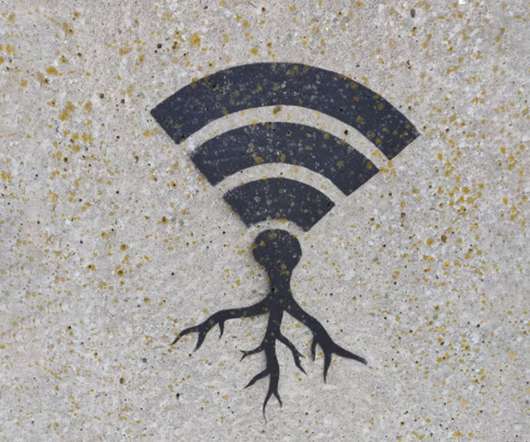5 Reasons Why Your Nonprofit Should Care About Cloud Computing
TechImpact
DECEMBER 19, 2013
Mail, and Google Docs are all examples of cloud-based applications, also known as software as a service (SaaS). When using a cloud-based email system from your laptop for example, your machine is not doing any of the raw computations, it is simply displaying the results of computations that are happening elsewhere. Gmail, Yahoo!







































Let's personalize your content